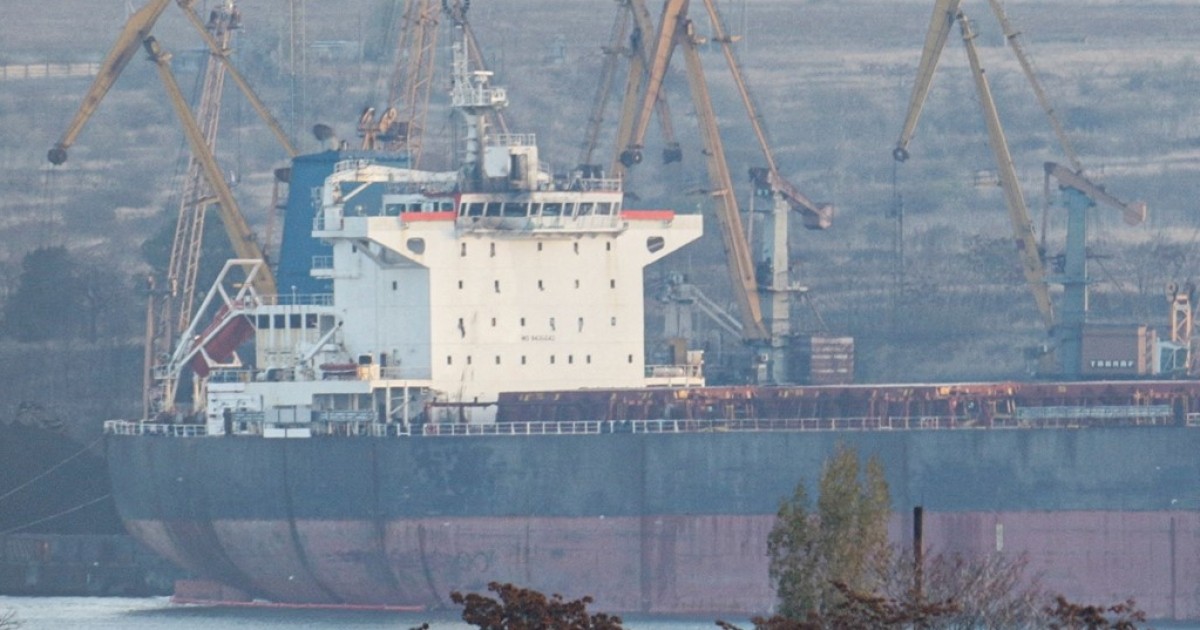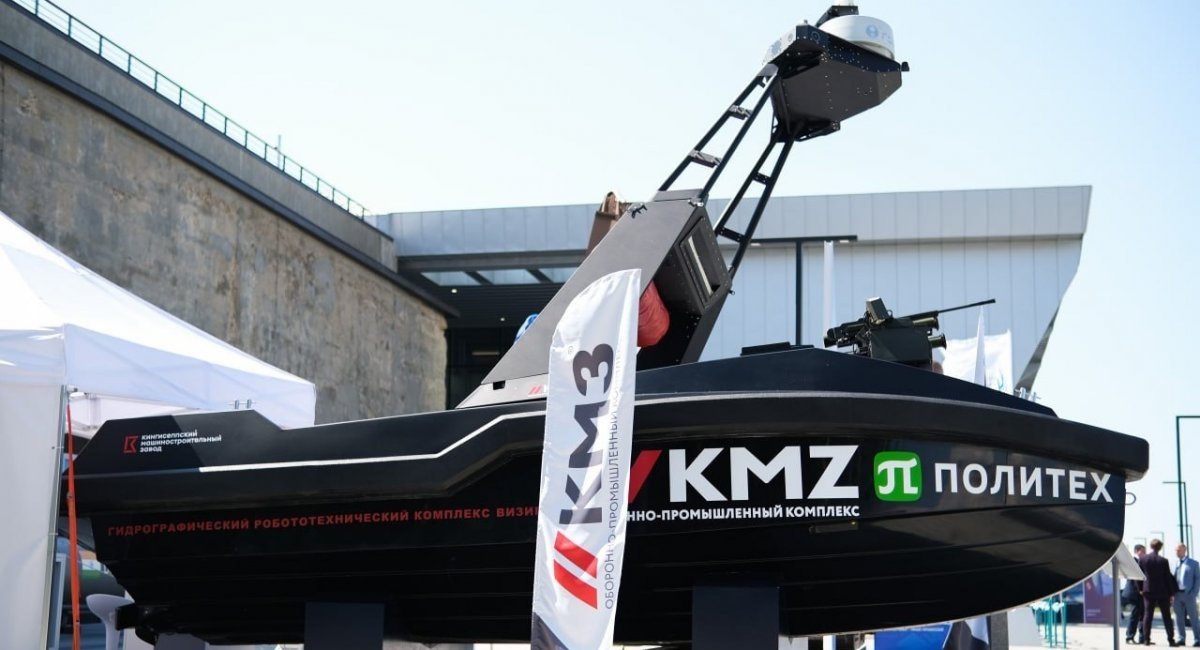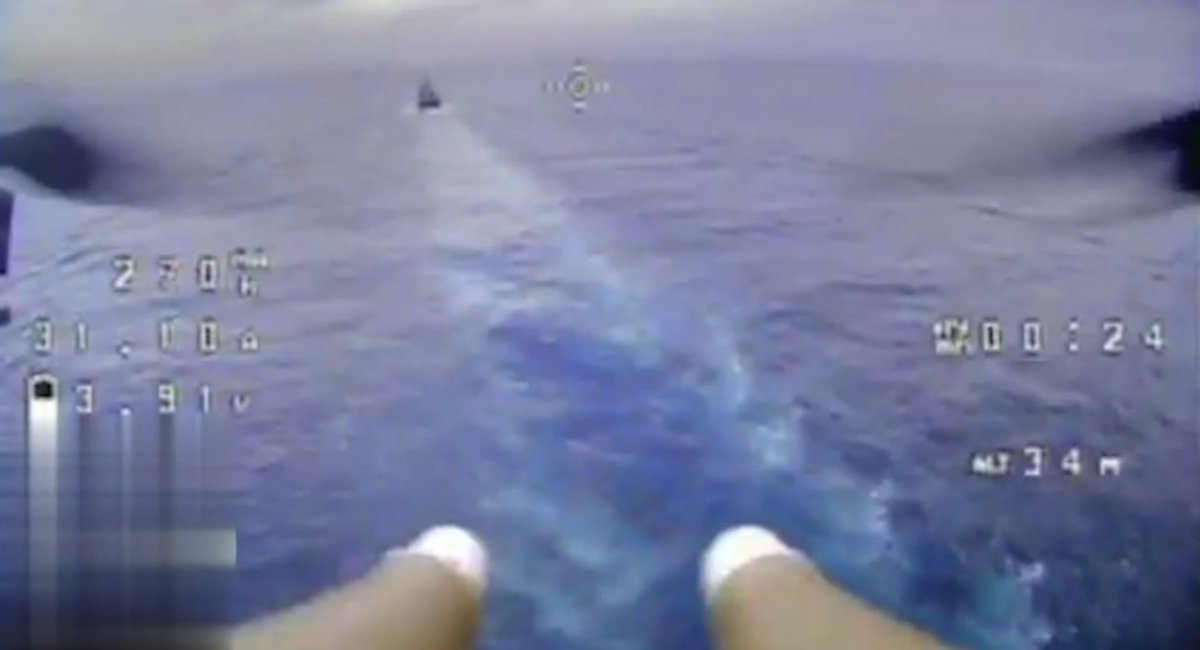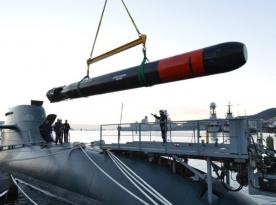A video recently published online features russian forces testing suicide FPV drones for potential attacks on naval targets.
In this particular instance, russians launched a copter-type vertical takeoff drone from a small boat, guiding it towards a stationary target and striking it with grenades attached as payload. These experiments might indicate russians developing a new method of intimidating civil shipping, particularly those traveling to and from Ukrainian ports.
Read more: The UK Defense Intelligence Analyzed the Improvements in russian Shahed Drones
FPV drones are small, so they can be more difficult to detect than conventional naval warfare weapons, especially in the open sea. For the russians, the deployment of drones could serve as an alternative to anti-ship missiles, which are more expensive and still may not yield the desired result.
For example, we can recall a prior incident on November 8, 2023, when russians fired a Kh-31P missile at the Liberia-flagged civilian ship Kmax Ruler, which was heading to the Pivdennyi Port near Odesa.
The missile hit a superstructure on this ship, resulting in one sailor killed. Nevertheless, the said ship embarked on a new voyage from Pivdennyi almost three weeks later, on November 20.

It's noteworthy that one of the first known instances of iran using Shahed-136 suicide drones was a strike on the Mercer Street supertanker in July 2019, a vessel closely associated with Israel.
Considering the shared interests of russia and iran, it is plausible that they have at least theoretical knowledge of how to use drones against civilian vessels. After all, russian Shahed-136/131 pilots learned from iranian instructors.
Moreover, the russian federation is actively advancing its unmanned technologies for naval warfare.

Earlier, Defense Express reported that russia is expected to get the first mass-produced kamikaze boats, with a payload capacity of 600 kg of explosives and an operational range of 200 km, with deliveries scheduled for 2024, as per a contract from the russian Ministry of Defense.
In response to the threat posed by such drones at sea, the patrol boats promised by Western allies for safeguarding the "grain corridor" might prove sufficient for protecting Ukraine.

Read more: The UK Defense Intelligence: russia Rushes to Close Gap with Ukraine in One-Way Attack Drone Boats














